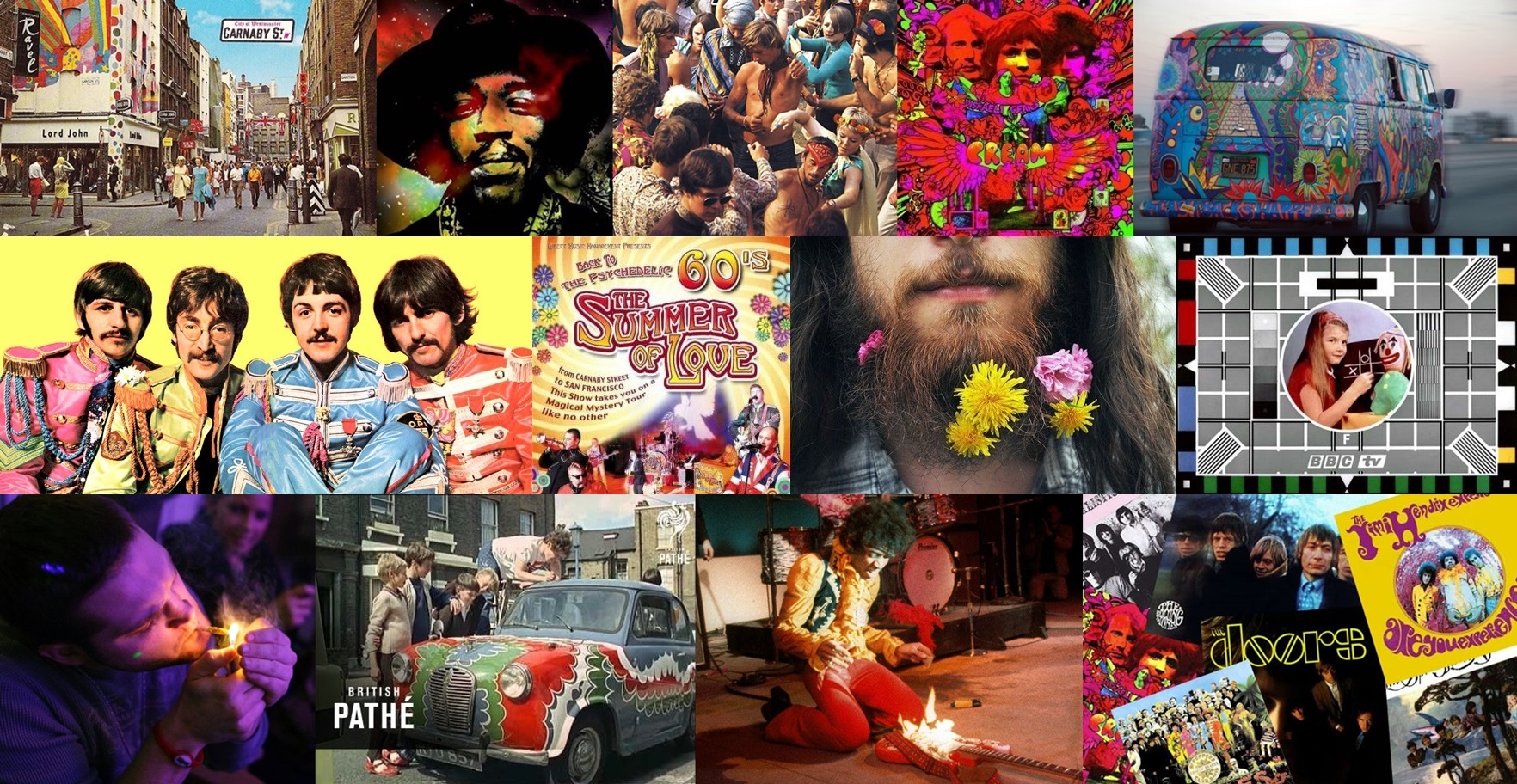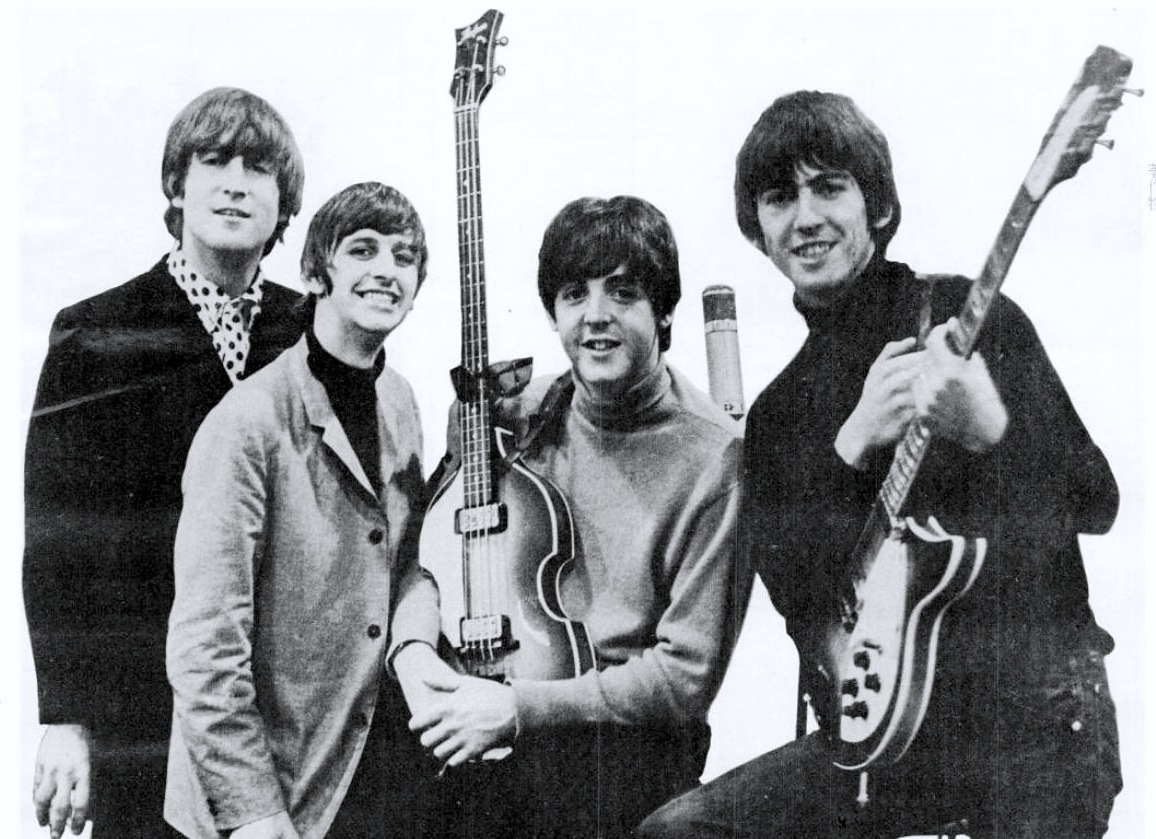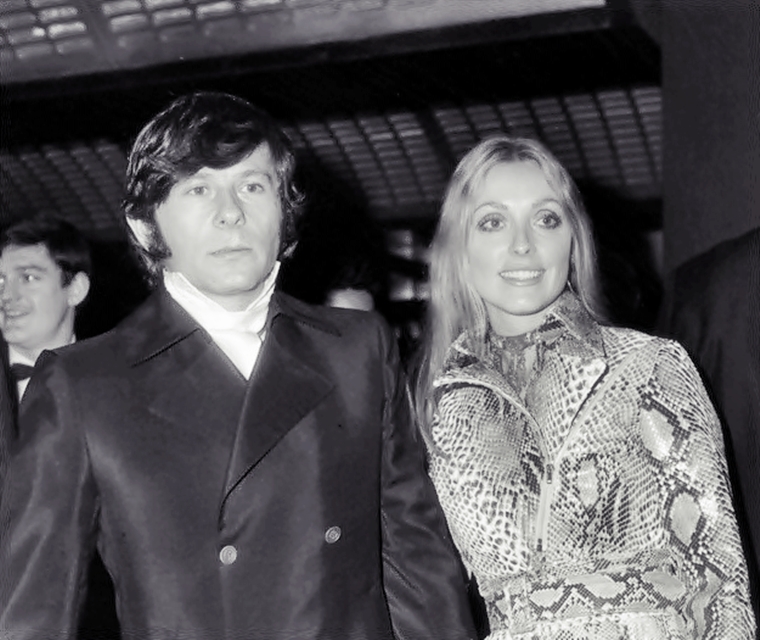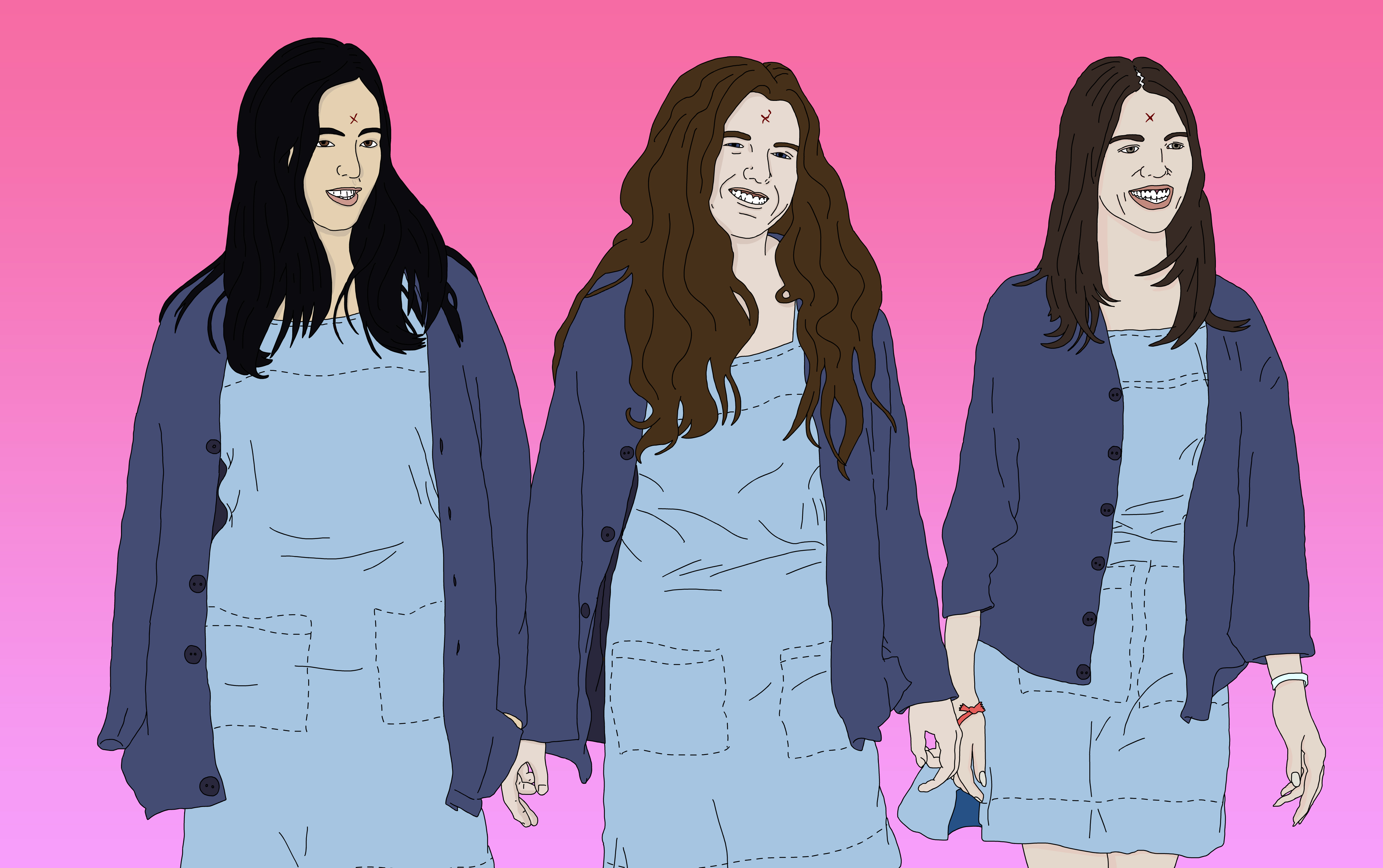The Life of Charles Manson
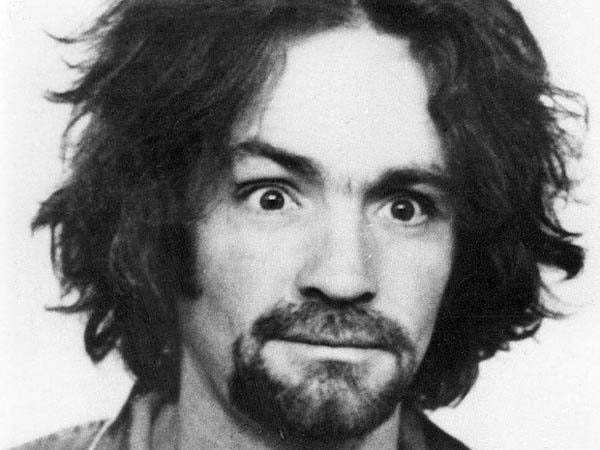
Charles Manson, head of the 'Manson Family' cult who orchestrated the Tate-LaBianca murders in the late sixties, died November 15 of natural causes in a hospital north of Los Angeles, California. These murders, referred to as the murders of the century, put a grim close to the sixties, as eight people—including actress Sharon Tate—were killed in the span of a few days, a week before the legendary Woodstock festival. Though Manson didn't actually commit most of these crimes himself, he gave orders to a small group of obedient followers and never ceased to deny that fact. Everyone still remembers Manson's cult and the murders, which inspired films, music, etc., but not necessarily what led up to these events and what pushed Manson to orchestrate the killings.
Early life and youth
Charlie's mother, Kathleen Maddox, was only 16-years-old when she had him in November of 1934, and he never knew his biological father. His mother was arrested and sentenced to five years in prison for robbery when Manson was still a young boy. Charlie was sent to live with his aunt in Virginia until his mother was released on parole in 1942. He started going down the criminal path at an early age and attended multiple reform schools/juvenile facilities from which he always managed to escape to go back to stealing. He finally ended up in a juvenile prison, where he suffered abuse from other boys. There, Charlie was eventually caught raping another boy at knifepoint, which got him sent to a maximum security facility until he was released at 19 for good behavior.
Boys Town School in Omaha, Nebraska. Image credit: Wikimedia Commons/Smallbones
In prison, Manson befriended pimps who taught him how to abuse and manipulate women, but he also became familiar with the Carnegie Method for influencing people. He was eventually released but soon arrested again for pimping out young women—whom he learned to exploit and manipulate very well—and ended up back in prison with a ten-year sentence. This time, Manson fell in with a group of Scientologists, from whom he derived inspiration for his own belief system, and also began learning music. As the British invasion rose with The Beatles, Manson convinced himself that he would be the next big rock star.
Arrival in Hollywood, forming the cult & the current times
Upon Manson's release in 1967 at 32, he was in a lost state living on the streets of Berkley, California, desperately attempting to make connections with artists in hopes of becoming a star. By then, the hippie and freedom movements of the sixties had already started to sour: while many young people were still actively advocating for love and their freedoms; rebelling against authority. However, the drug culture had grown into something a little darker, normalizing sexual abuse and rape of teenage runaway girls looking for adventure. Since pretty much everybody was willing to have sex for free, solely in the name of love and "being free", Manson could no longer be a pimp, but he could start preaching the ideology he had formed while in prison in order to get young, vulnerable girls.
He quickly built a harem of three teenage girls, to whom he preached that there is no such thing as death since, according to him, life and death are a continuum. But also, he required them to lose all individuality and submit to him as he thought of himself as a godly force. Gradually, Manson expanded his following to a few young men as well. At this point, he decided to spread his words through music and start hunting for connections that could make him into the star he thought he was.
Image credit: Flickr/Paul Townsend
Dennis Wilson & Spahn Ranch
Eventually, two of Manson's girls managed to seduce Dennis Wilson, the founding member of the Beach Boys, while hitchhiking. Intrigued by Manson's character, Wilson agreed to collaborate on some music, so Manson sent lyrics from a song called "Cease to Exist." Slowly but surely, Wilson realized that Manson and his Family were using him; getting into his head. The Beach Boys then went on to change some of Manson's lyrics, recorded the song and released it as their own, which angered Manson, who still believed he was destined for fame and greatness. At this point, he became desperate for money, but soon enough, Manson found a solution: he sent one of his girls to seduce 80-year-old George Spahn, who owned a vast, desolate ranch just outside of Los Angeles. Ultimately, they manipulated him into letting him and his Family live on the property for free if they worked the land.
The Beatles & Manson's Helter Skelter
In 1968, The Beatles released a double album and Manson who had immense respect for the British band, felt they preached similar beliefs as himself. It is from The Beatles that Manson got inspiration for the name of his revolution: Helter Skelter. This revolution, as Manson described it, entailed a race war. As race-based tensions were still very prevalent with the Black Panthers: racism and a sense of white superiority from the LAPD and Nixon and the growing civil rights movement. Manson believed there would soon be an uproar of angry black men who would ignite a war. Manson's idea was that when this was to happen, he and his family would head to Death Valley, where they would find an underground city and hide out there for decades, or even hundreds of years. Since they were immortal and there was no such thing as death, they would resurface once everyone was dead, and Manson would rise as the "King of Earth" and start repopulating the world with only "their kind."
Image credit: Wikimedia Commons/EMI
Terry Melcher & the murders
At the ranch, Manson met Terry Melcher, who expressed an interest in listening to Manson's tapes and possibly help him with his music career. However, he never followed up on his promise, which angered Manson, and decided now that Melcher was an enemy and deserved punishment. At this point, Manson declared that the Family was to move to the desert, but they needed money to do so—this is when Bobby Beausoleil came into play: though never officially part of the Family, he expressed that he was willing to help Manson out in any way he needed. So, Manson tasked Beausoleil with a drug deal between his former roommate Gary Hinman, who made mescaline, and a group of bikers (the Secret Satans) whom Manson had fallen in with at the ranch.
The drug deal went sour, and the bikers demanded their money back, which Beausoleil didn't have. Manson and him proceded to go to Hinman's to demand money, Manson decided to slash his face with a sword before leaving Beausoleil to beat him until he eventually surrendered, but Hinman threatened to call the police. Beausoleil then called Manson to ask him for advice on how to handle the situation, and Manson's reply was simply "you know what to do".
The next day, Beausoleil was arrested in Hinman's stolen car on his way to San Francisco, and convicted of the murder, as he had left fingerprints at the crime scene. In fear that he would snitch, Manson declared to his followers that the only way to successfully frame the Black Panthers for the crime was to commit more murders with the same bloody messages on the wall as Bobby had left at Hinman's. He picked his most devoted girls and his right-hand man for the task.
Roman Polanski and Sharon Tate. Image credit: Flickr/Lily Laurent
In that same weekend, Manson ordered the small group to go to the Cielo Drive house—where Melcher used to live—and make sure to "destroy anybody inside", and of course, get some money. The group went and committed the brutal murders that are now famous to the public today. Five people died that night, Roman Polanski's wife Sharon Tate, who was eight months pregnant, Tate's ex, Jay Sebring, Wojciech Frykowski, a friend of Polanski's, and more. Following these brutal crimes, he then decided that they had to commit another murder. This time, Manson wanted to be there: he and the same group—plus Leslie Van Houten, to express her loyalty to him—took a drive the next day and picked a house at random. Inside were the LaBiancas, a wealthy couple who owned a chain of grocery stores. They brutally killed them both, left messages on the walls—Manson even carved "WAR" onto the man's stomach. So, in one weekend, Manson and his followers managed to kill eight people and secured almost no money.
Arrests & the aftermath
It took months before Manson and his group were arrested for these murders, which came as a shockwave to the nation. Everyone who had come into contact with Manson was devastated by the news and their association with him, while his followers still remained loyal to him. The gruesome murders took over the news for a year and a half, but also inspired many: Rolling Stones magazine, who did an interview of Manson, musicians, but also filmmakers John Waters and Dennis Hopper and actor Jack Nicholson. In prison, Manson finally got the fame he had always longed for: everyone knew his name, reporters wanted to talk to him, but also movie stars like Jack Nicholson requested to interview him. He was even getting fan mail, hundreds of letters and requests for permission to submit to him and join his cult.
On the outside, his girls were protesting and defending Manson's innocence, and Manson was starting to become the poster child for the hippie and rebel movement of the time, which caused a lot of people to start believing he had been framed by "the Man" and was actually innocent. One of his more devoted followers, Lynnette Fromme, who felt excluded because she was not in jail with them, even took it upon herself to hold President Ford at gunpoint in Sacramento in 1975, leading to her arrest. These murders genuinely put a dark end to the sixties, which had been on the decline for a few years as it was, with the drug, sex, violence, and debauchery movement of the late sixties, and marked many for years to come.
From left: Susan Atkins, Patricia Krenwinkel, and Leslie van Houten. Image credit: Flickr/lookcatalog
Trials & sentences
Charles Manson, Susan Atkins, Linda Kasabian, Patricia Krenwinkel, Charles 'Tex' Watson, and Leslie Van Houten were charged with seven counts of murder and one count of conspiracy to commit murder. Linda Kasabian was offered an immunity deal if she testified against Manson, and accepted. The rest of the girls acted as witnesses in his trial, as he chose to represent himself, and also, convinced some of the girls to fire their lawyers. Every time Manson and the girls were in the courtroom— chaos ensued: according to Krenwinkel, everything was scripted by Manson, when they should get up and sing, or scream, etc. in order to disrupt the trial. They would often be sent out and were even ultimately banned from the courtroom for closing arguments. Ultimately, all six were found guilty on all charges, and sentenced to death, with the girls being the youngest ever to be on death row. Only a few months later, these sentences turned into life sentences, as the death penalty was abolished in California.
For years, the Manson girls were still very much loyal to Manson, and very much under his influence. After some time away from Manson though, they realized the gravity of what they had done and finally broke away from his control—they even earned degrees and held jobs in prison. Charlie, however, maintained his innocence until the end, using the argument that he had never actually killed anyone and that his followers had acted on their own accord. Ironically perhaps, Manson did make a record in prison, called "Lie," produced by Phil Kaufman, but it was never sold in record shops because they feared association with him. He did achieve what he wanted though, as he successfully became famous worldwide. The girls and Watson are still in prison to this day, and some will be eligible for parole in the near future.
Listen to Charles Manson's album here:

